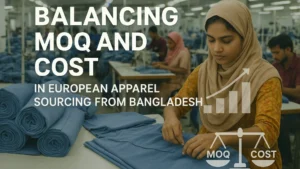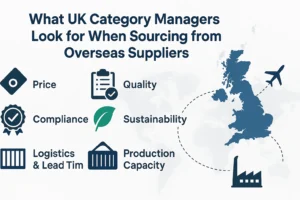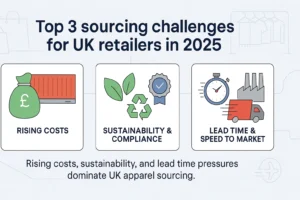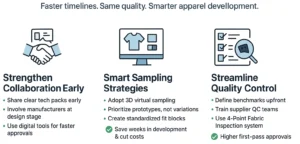In the dynamic world of fashion, the production and delivery of merchandise require a robust network of businesses. These businesses work hand-in-hand to create, manufacture, and sell products to consumers globally. The three primary players in this system are manufacturers, contractors, and retailers. Each has a unique role that impacts the entire process, from design to the final product hitting the shelves.
1. Manufacturers: The Architects of Fashion
What They Do
Manufacturers are the cornerstone of product creation in the fashion industry. These businesses are responsible for the full lifecycle of a product, from initial design to mass production and distribution. Some manufacturers work directly with in-house designers, while others employ external talent to develop fresh collections.
Key Points
- Manufacturers may own their own factories or work with contractors to execute the designs.
- An emerging trend is for manufacturers to establish product development divisions to support retail partners, ensuring that the products meet market demands.
- Sustainability and innovation are becoming central to manufacturing practices, as consumers increasingly demand environmentally friendly products.
Why It Matters
Manufacturers are vital to ensuring product quality, consistency, and timely delivery to retail partners. By controlling production, they help brands maintain creative control while meeting production timelines.
2. Contractors: The Unsung Heroes of Production
What They Do
Contractors are the specialized factories where designs are brought to life. These businesses handle the actual manufacturing process, turning designs into physical garments. Contractors may either be domestic (located within the United States) or offshore in countries like China, India, and Taiwan.
Key Points
- Contractors often manage large-scale production facilities, ensuring that each design is executed with precision.
- Many manufacturers rely on offshore contractors to reduce production costs, while domestic contractors help with local sourcing or shorter turnaround times.
- Quality control is essential, with contractors performing the final checks to ensure the finished goods meet the required standards.
Why It Matters
Contractors are responsible for bringing designs to life, making them indispensable in the supply chain. Their expertise ensures that production runs smoothly, quality is maintained, and timelines are adhered to.
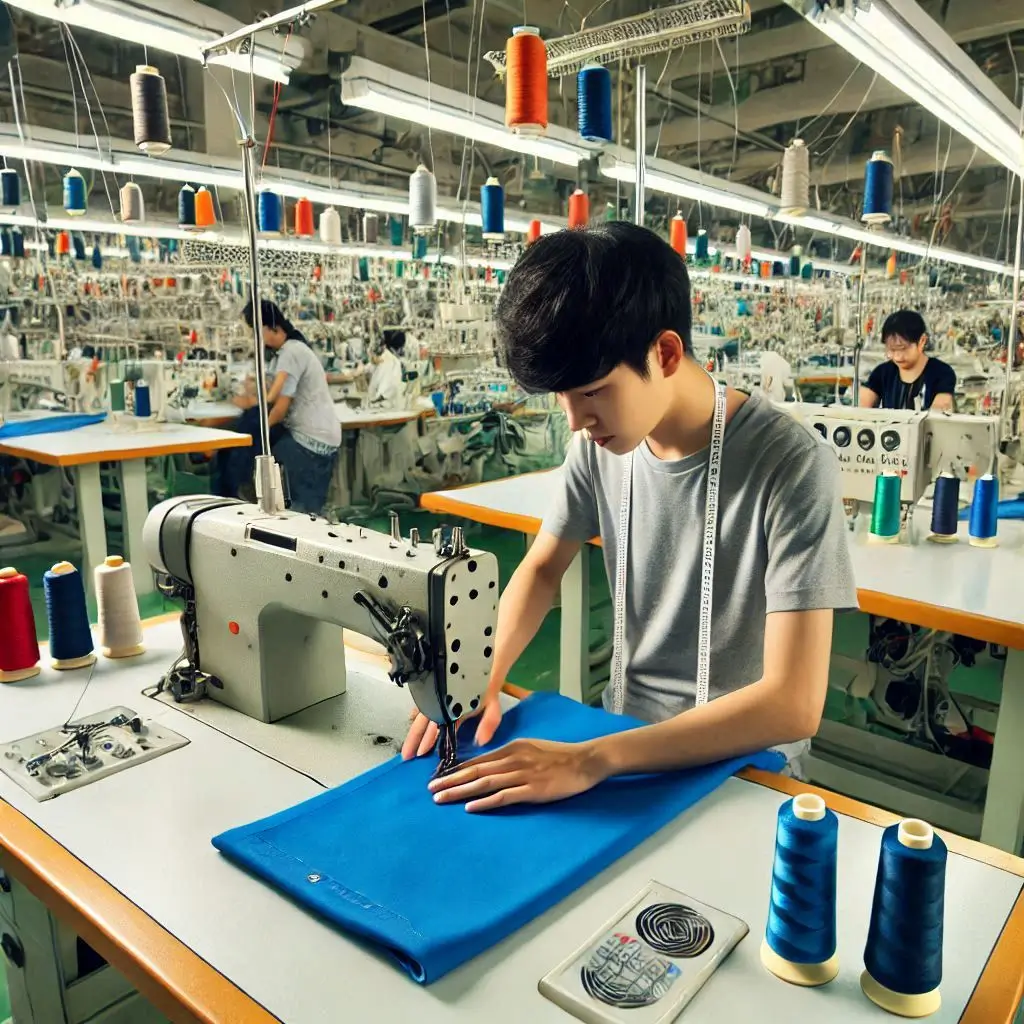
3. Retailers: The Bridge to Consumers
What They Do
Retailers are the businesses that sell products directly to the consumer. They range from brick-and-mortar stores like department stores and boutiques to online platforms. Some retailers, known as brick-and-click, operate both physical stores and e-commerce sites.
Key Points
- Retailers play a dual role: not only do they sell, but they also provide crucial consumer feedback that helps shape future product lines.
- Major retailers, including JCPenney, Saks Fifth Avenue, and Nordstrom, have moved into product development to create exclusive lines tailored to their target audience.
- Retailers offer products through various channels, from traditional stores to online platforms, ensuring they reach a broader audience.
Why It Matters
Retailers are the link between manufacturers and consumers, and they play a significant role in shaping purchasing decisions. With the rise of digital platforms, retailers must stay agile to meet the demands of today’s tech-savvy shoppers.
The Fashion Supply Chain in Action: A Collaborative Effort
The journey from concept to consumer is complex and requires seamless collaboration among manufacturers, contractors, and retailers. Each of these businesses has its strengths, working together to bring new products to market.
Why Understanding This is Important:
- Innovation in fashion relies on the effective synergy between manufacturers, contractors, and retailers.
- Sustainability and ethical practices are increasingly becoming key areas of focus, with each player working towards reducing their environmental footprint.
- Understanding the roles of these players can help anyone in the fashion industry optimize their approach to production, marketing, and retail strategies.
Conclusion: The Fashion Ecosystem
From the design board to the store shelf, the fashion industry’s success relies on the expertise and cooperation of manufacturers, contractors, and retailers. These businesses play specialized roles, ensuring that the world of fashion is ever-evolving and accessible to consumers across the globe.
Contact Information: Interested in learning more or in need of professional sourcing and production support? Contact me at antor@antor.xyz or visit my website https://antor.xyz.

